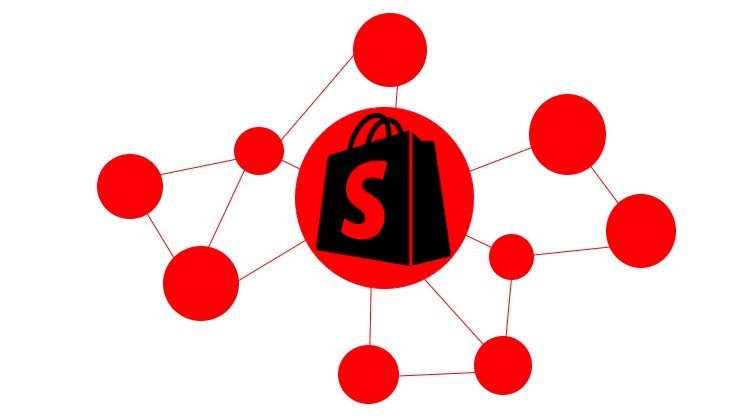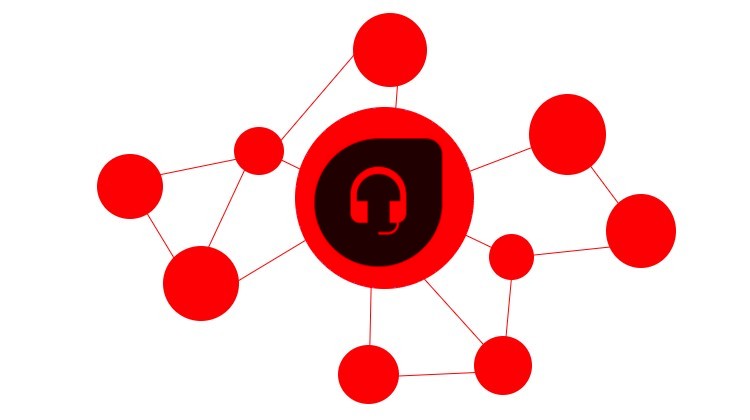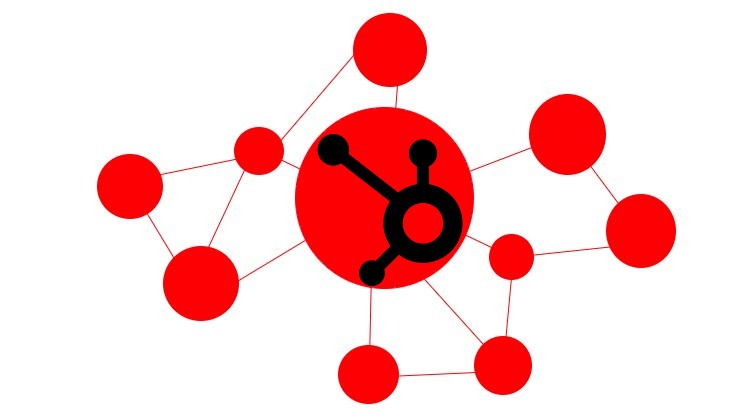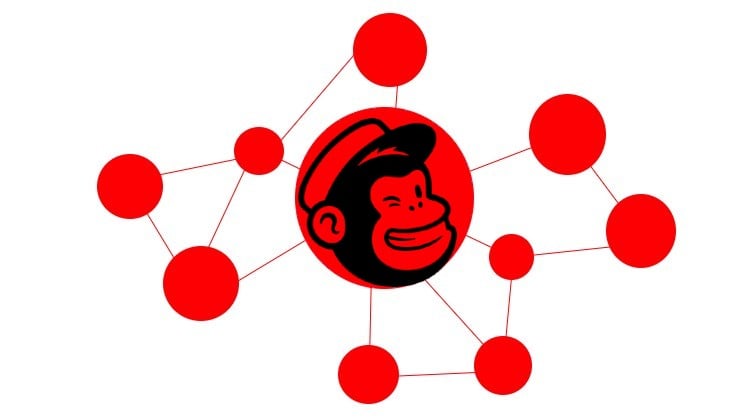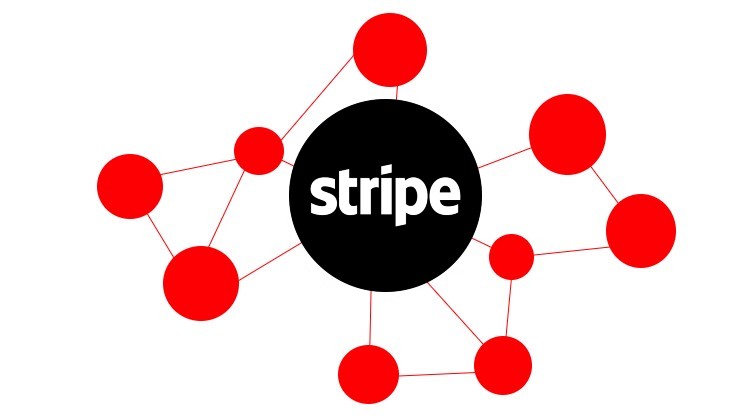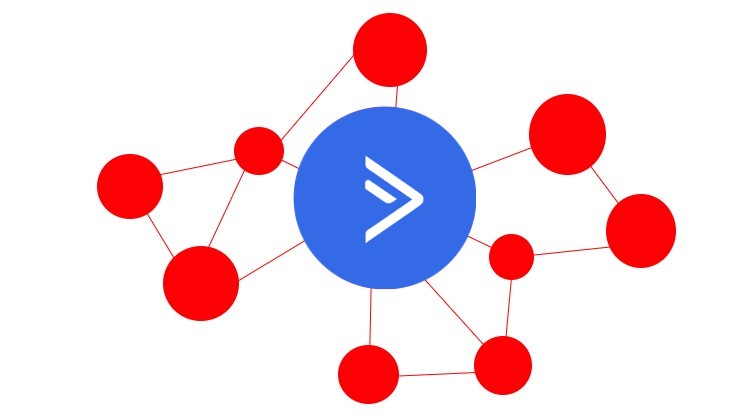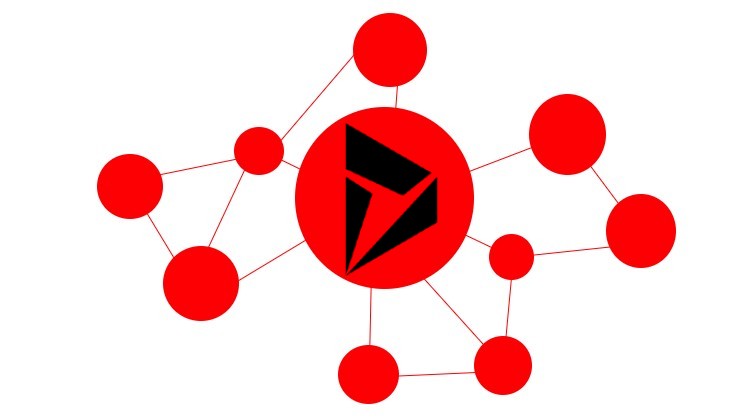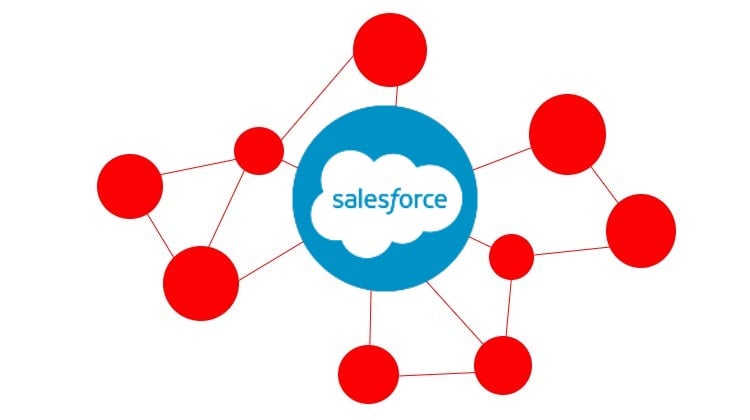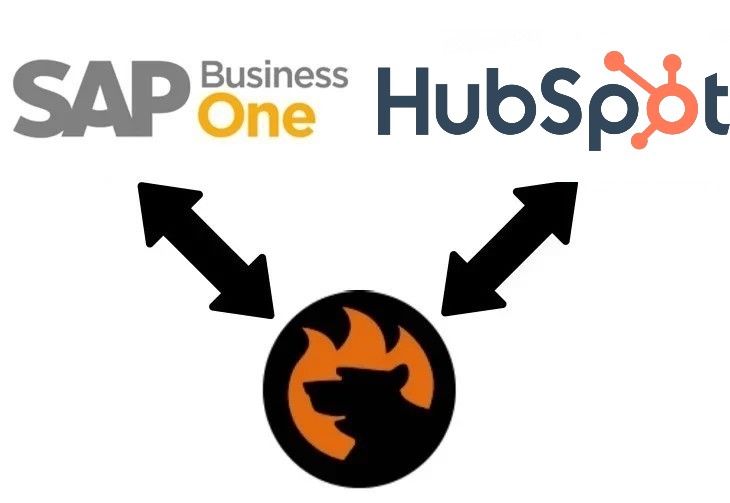Why Choose HubSpot in 2025? Full CRM Review, Alternatives, & Pricing Breakdown
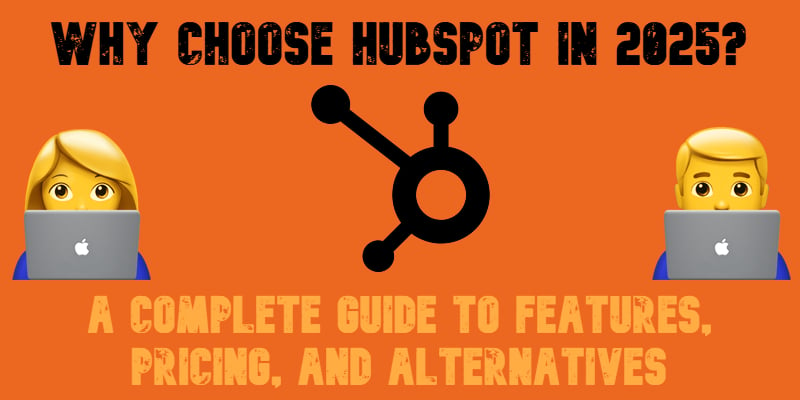
What is HubSpot, and why are so many businesses choosing it as their go-to CRM? In today’s digital economy, companies rely on powerful SaaS platforms to streamline operations, boost sales, and build long-term customer loyalty. HubSpot CRM is one of the most popular and versatile solutions in this space. This cloud-based software helps businesses manage marketing, sales, and customer service from a single dashboard.
Instead of wrestling with complicated software installations or updates, you get secure, accessible, and high-performing tools delivered right through your browser. HubSpot takes care of everything — from data security to feature updates — so you can focus on growth.
In this guide, we explain why you should choose HubSpot in 2025. You will learn what HubSpot is, what sets HubSpot CRM apart, HubSpot pricing plans, and which HubSpot alternatives are worth considering. Whether you’re a startup or scaling enterprise, you’ll discover why choosing HubSpot might be one of your smartest business decisions. Grow smarter with HubSpot — learn why it’s among the best AI tools for inbound marketing and CRM.
